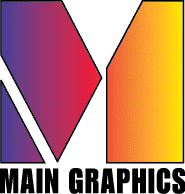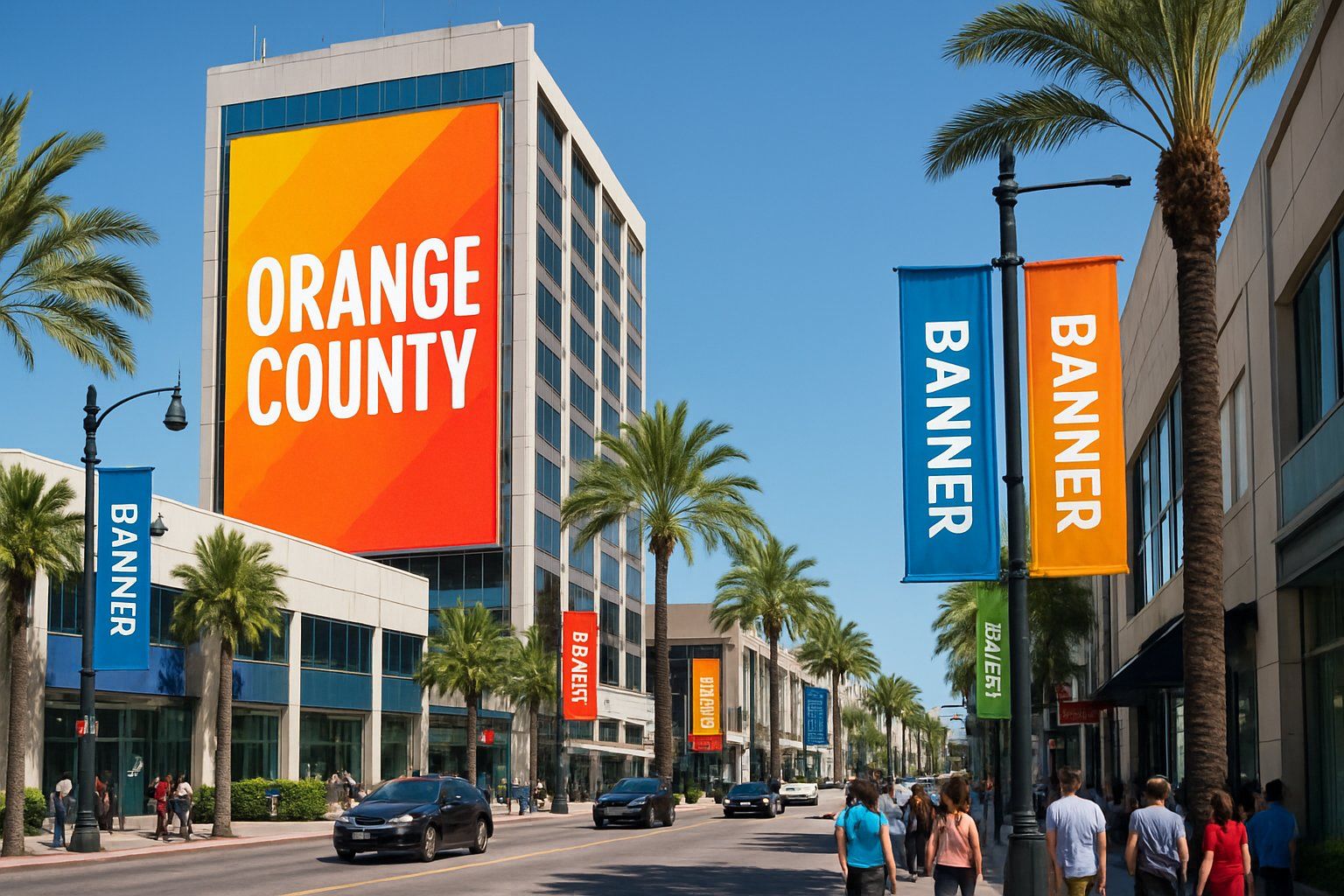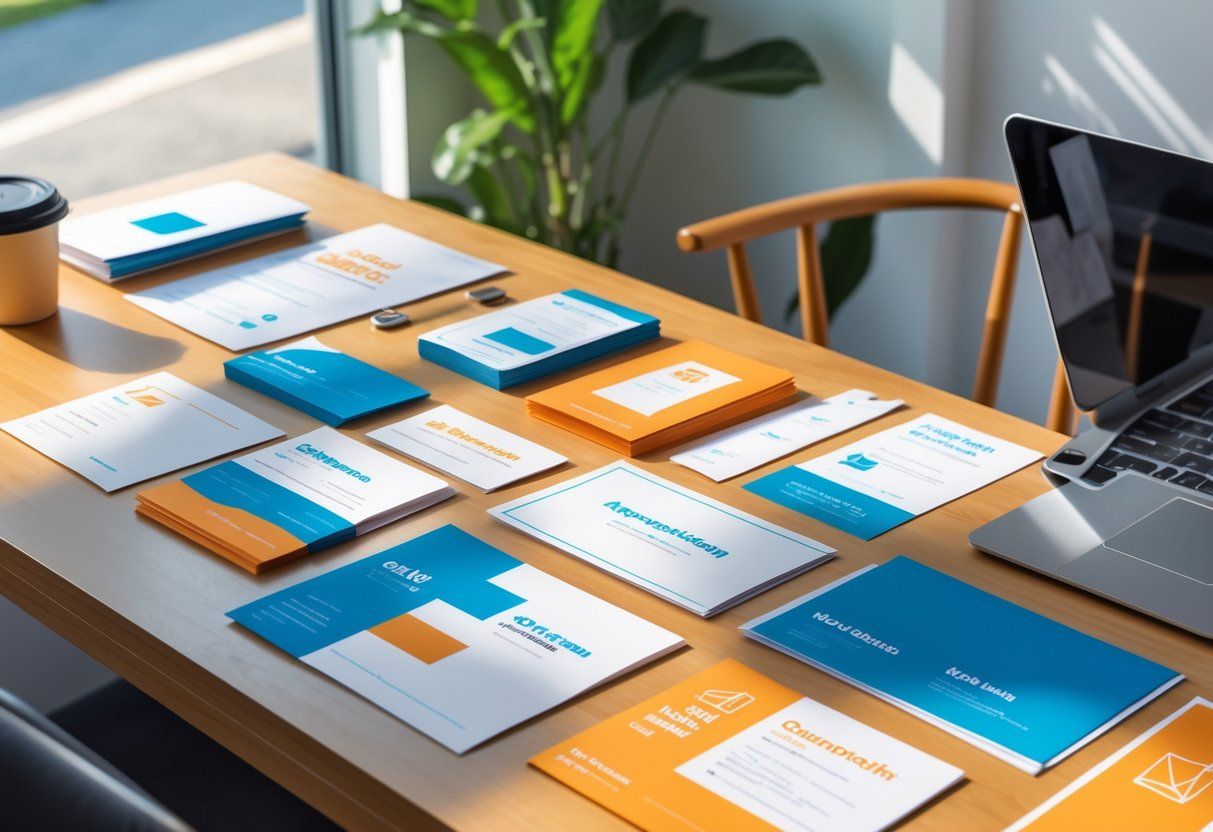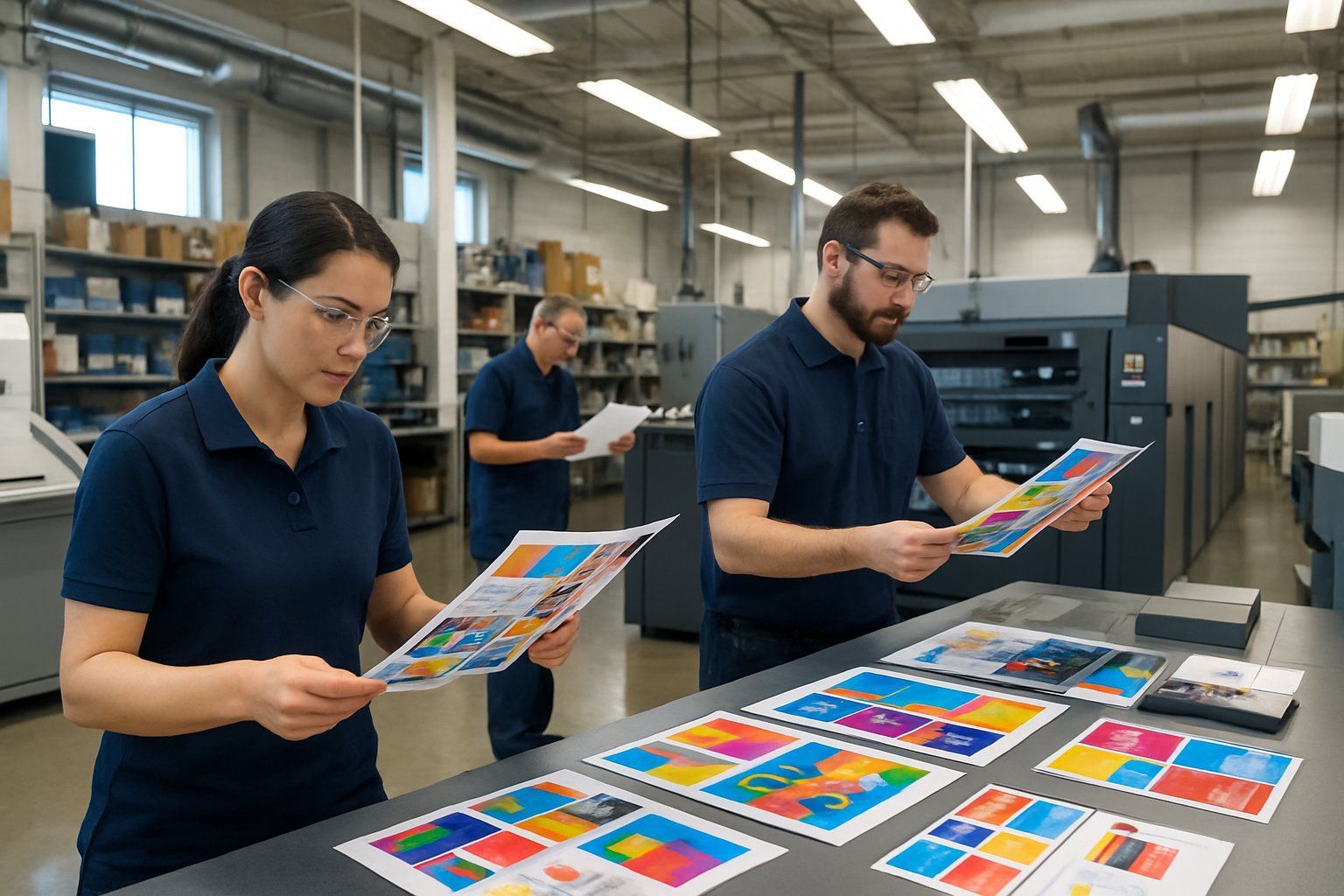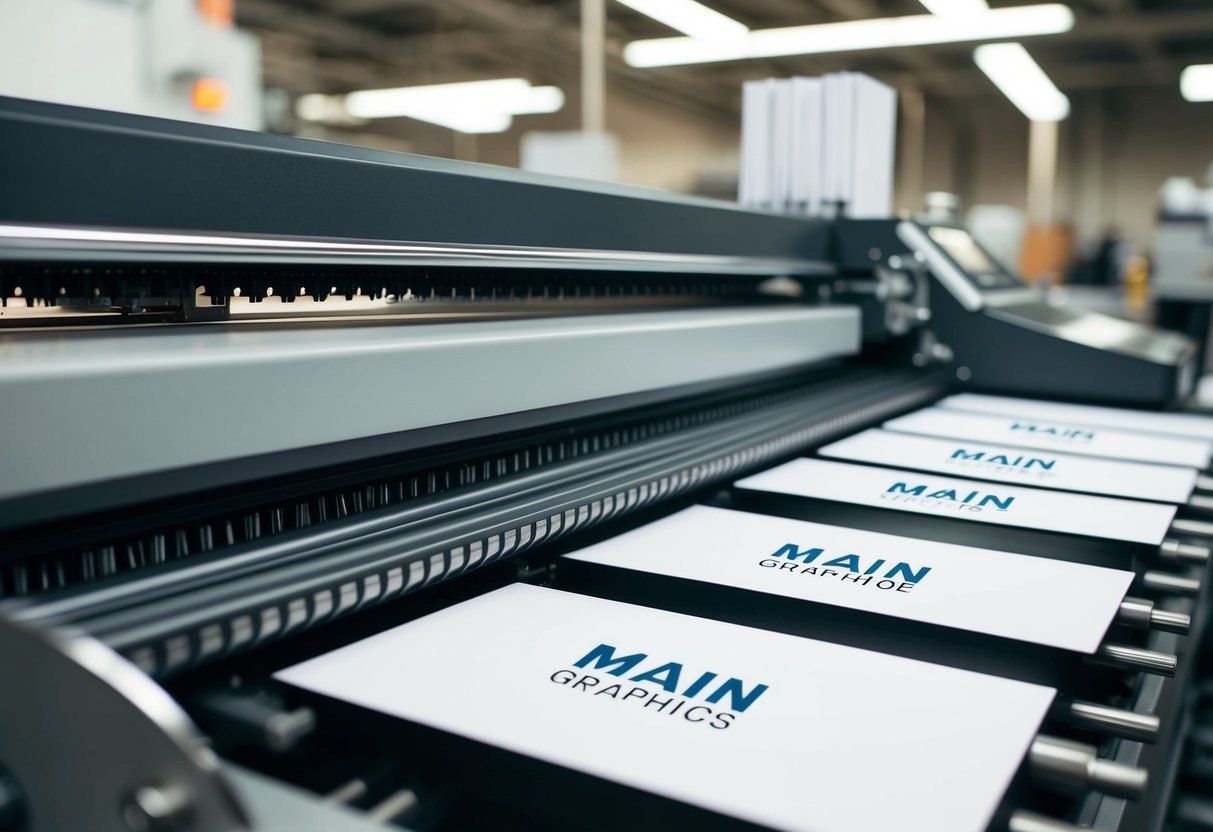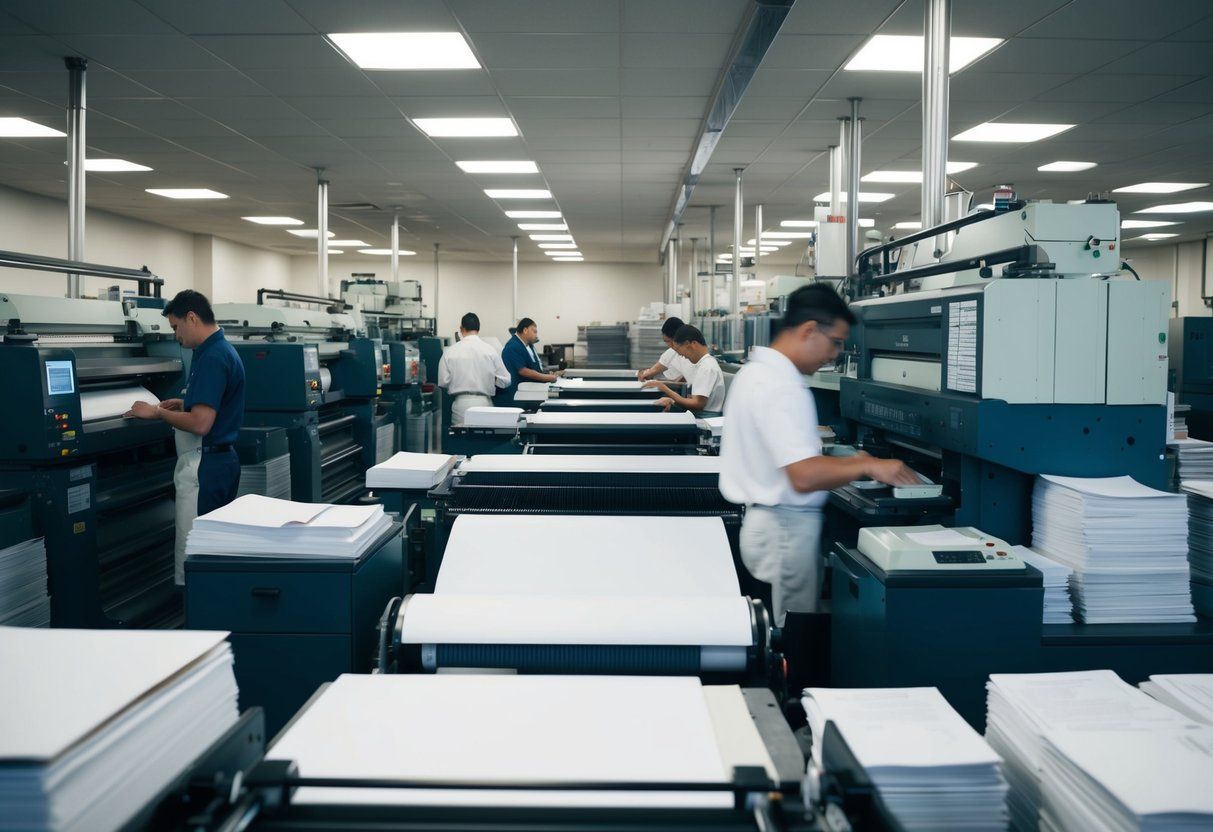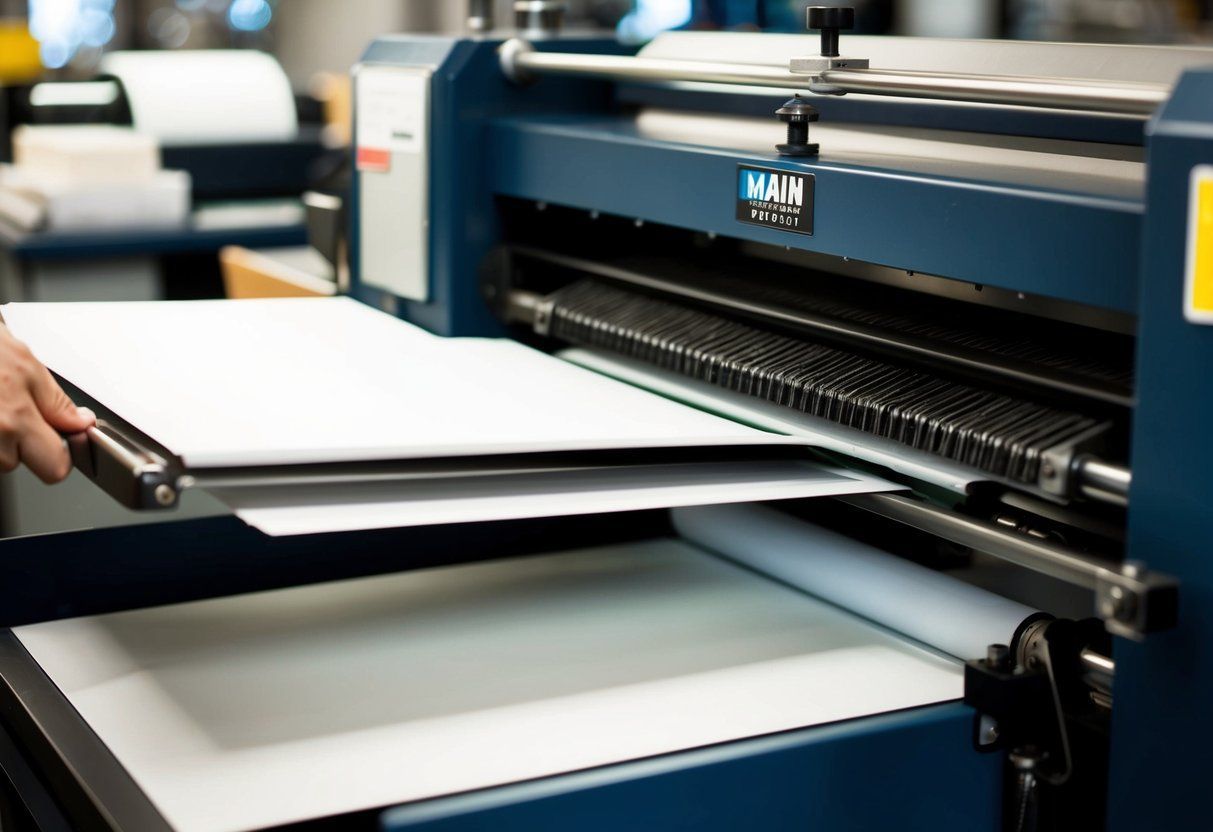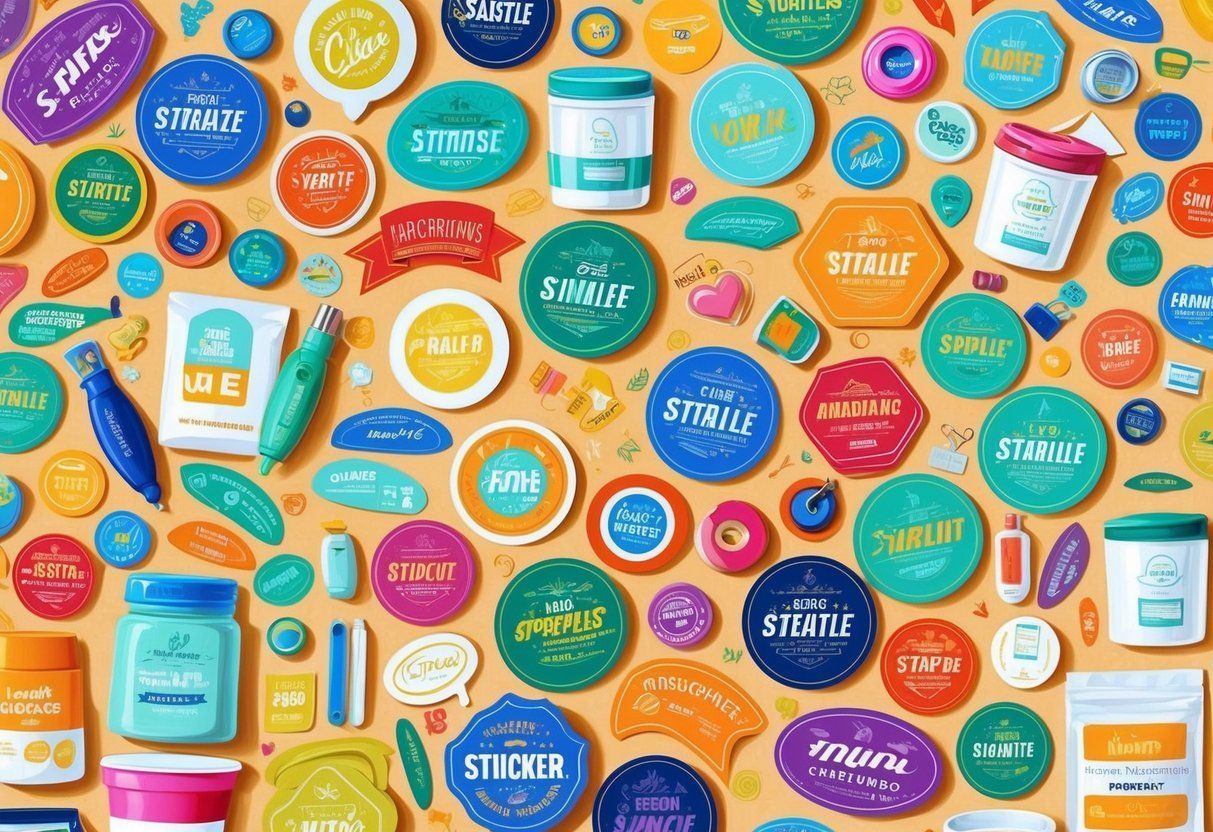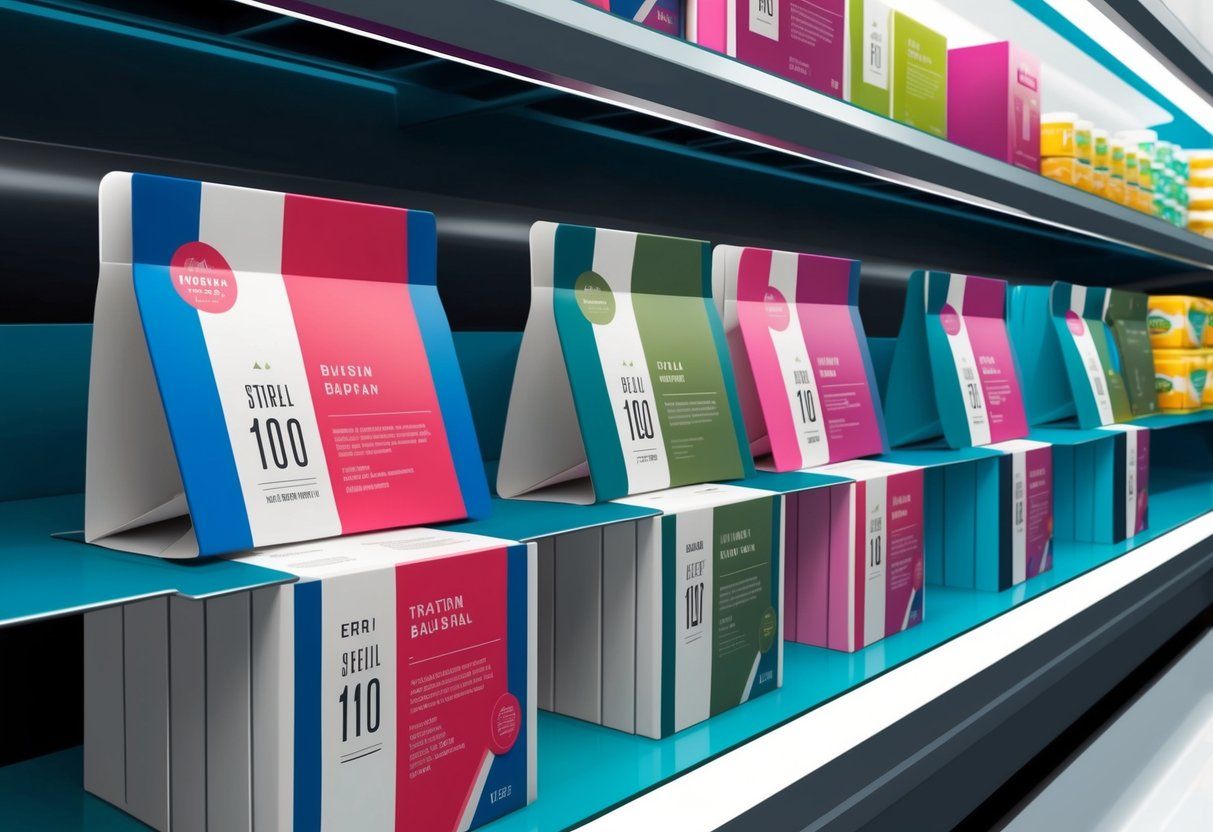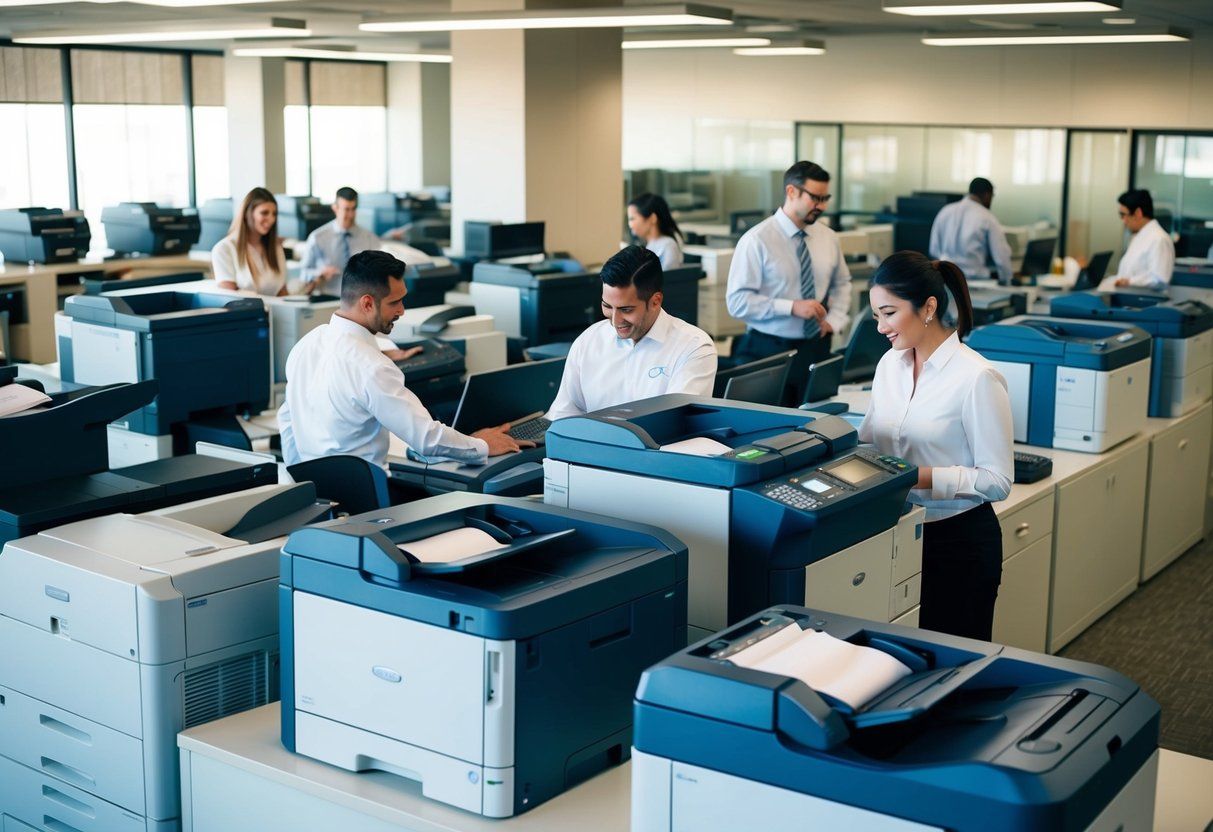Crafting the Perfect Menu: Tips for Menu Design and Printing in Restaurants and Cafes
Crafting the perfect menu can be a daunting task for restaurants and cafes. A menu is not just a list of dishes, but an important marketing tool that can attract customers and increase sales. In this article, we will explore some tips and tricks for designing and printing a menu that will make a lasting impression on your customers.
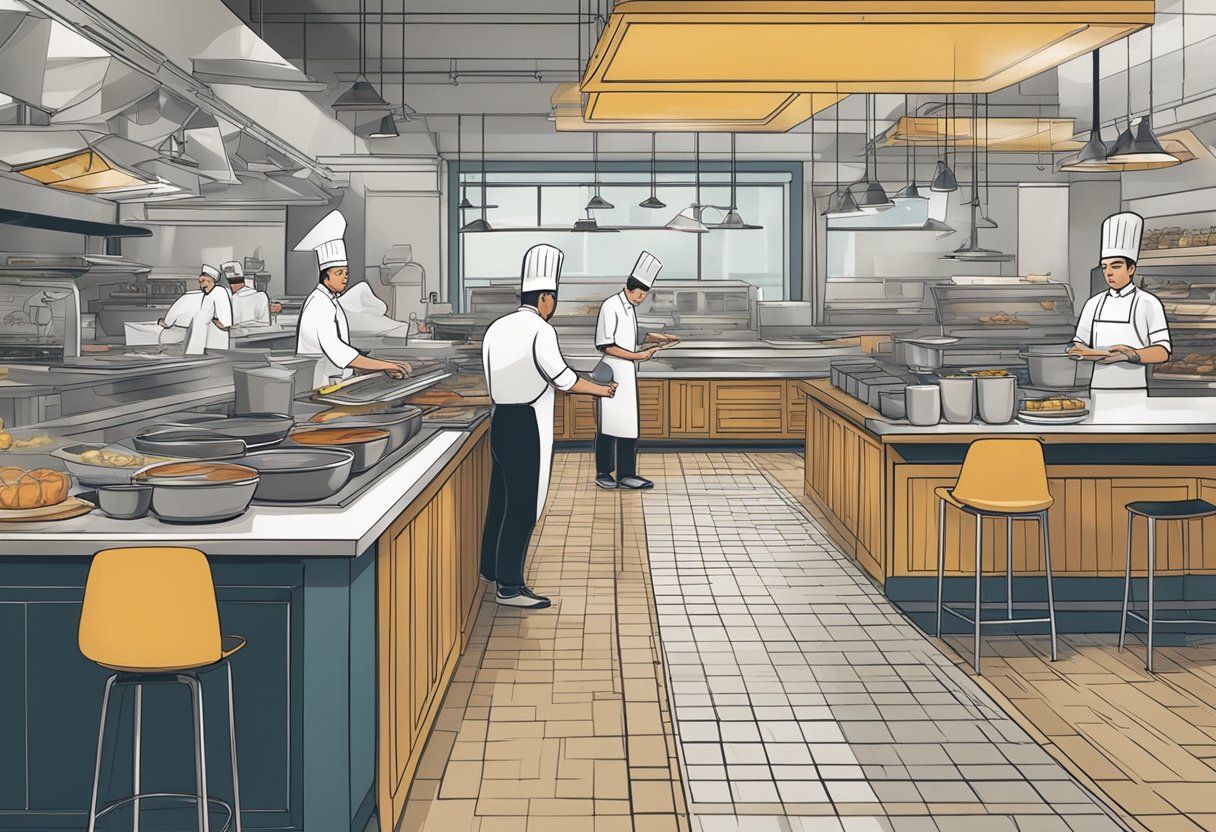
One of the most important aspects of menu design is creating a clear and concise layout. A cluttered and confusing menu can be overwhelming for customers and may even deter them from ordering. Restaurants and cafes should aim to present their menu in a way that is easy to navigate, with clear headings and categories. It is also important to use high-quality images and descriptive language to entice customers and give them a clear idea of what to expect.
Another key consideration when designing a menu is pricing. Restaurants and cafes should carefully consider their pricing strategy, taking into account factors such as food costs, competition, and target market. A well-designed menu can help to justify higher prices and create a perception of value for customers. However, it is important to strike a balance between profitability and affordability, as overly expensive menus can turn off customers and lead to negative reviews.
Fundamentals of Menu Design

When it comes to menu design, there are several key factors that restaurants and cafes should keep in mind. Understanding menu psychology can help to create a menu that not only looks great but also encourages customers to order more. The role of typography and color scheme is also important, as it can affect the overall look and feel of the menu.
Understanding Menu Psychology
Menu psychology is the study of how menu design can influence a customer’s ordering decisions. One of the most well-known concepts in menu psychology is the “golden triangle.” This refers to the area of the menu where the eye is naturally drawn first – typically the top right-hand corner. This is where restaurants should place their most profitable items, as they are more likely to be noticed and ordered.
Another important aspect of menu psychology is the use of psychological effects such as color and font. For example, red is often associated with excitement and urgency, while blue is seen as calming and trustworthy. The font used on a menu can also have an impact on how customers perceive the restaurant – a modern, clean font may suggest a more upscale establishment, while a playful, handwritten font may be more appropriate for a casual cafe.
The Role of Typography and Color Scheme
Typography and color scheme are two key elements of menu design that can greatly affect its overall look and feel. When choosing a font, it’s important to consider legibility and readability – the font should be easy to read and not too small. Bold or italicized text can also be used to draw attention to certain items on the menu.
Color scheme is another important aspect of menu design. A well-chosen color scheme can help to create a cohesive look and feel for the menu. Restaurants should choose colors that complement their brand and overall aesthetic. It’s also important to consider the psychological effects of color – for example, green is often associated with freshness and health, while yellow is seen as cheerful and inviting.
In conclusion, menu design is an important aspect of any restaurant or cafe’s branding and marketing strategy. By understanding menu psychology and the role of typography and color scheme, restaurants can create menus that not only look great but also encourage customers to order more.
Strategic Menu Item Placement
A well-designed menu is not only aesthetically pleasing but also strategically crafted to maximize profitability. One key aspect of menu design is strategic item placement, which can greatly influence customers’ decision-making and ultimately impact profits.
Highlighting High-Margin Items
One effective strategy for menu item placement is to highlight high-margin items. These are dishes or drinks that have a higher profit margin compared to other items on the menu. Placing these items in a prominent location, such as the top left corner, can draw customers’ attention and increase the chances of them ordering these items.
Another way to highlight high-margin items is to use formatting such as bold or italic fonts, boxes, or graphics to make them stand out from the rest of the menu. This can help direct customers’ attention towards the items that are most profitable for the restaurant.
Menu Engineering Principles
Menu engineering is the practice of strategically designing menus to maximize profitability. One of the key principles of menu engineering is to identify the “sweet spot” – the items that are both popular among customers and have a high profit margin. These items should be placed in prominent locations on the menu, such as the top left corner or in boxes, to draw customers’ attention.
Another principle of menu engineering is to group items strategically. For example, placing high-margin items next to popular items can increase the chances of customers ordering them. Additionally, grouping items by price can help customers make decisions more easily.
In conclusion, strategic menu item placement is an important aspect of menu design that can greatly impact profitability. Highlighting high-margin items and using menu engineering principles can help restaurants and cafes maximize profits while still providing customers with a pleasant dining experience.
Creating a Cohesive Menu Aesthetic
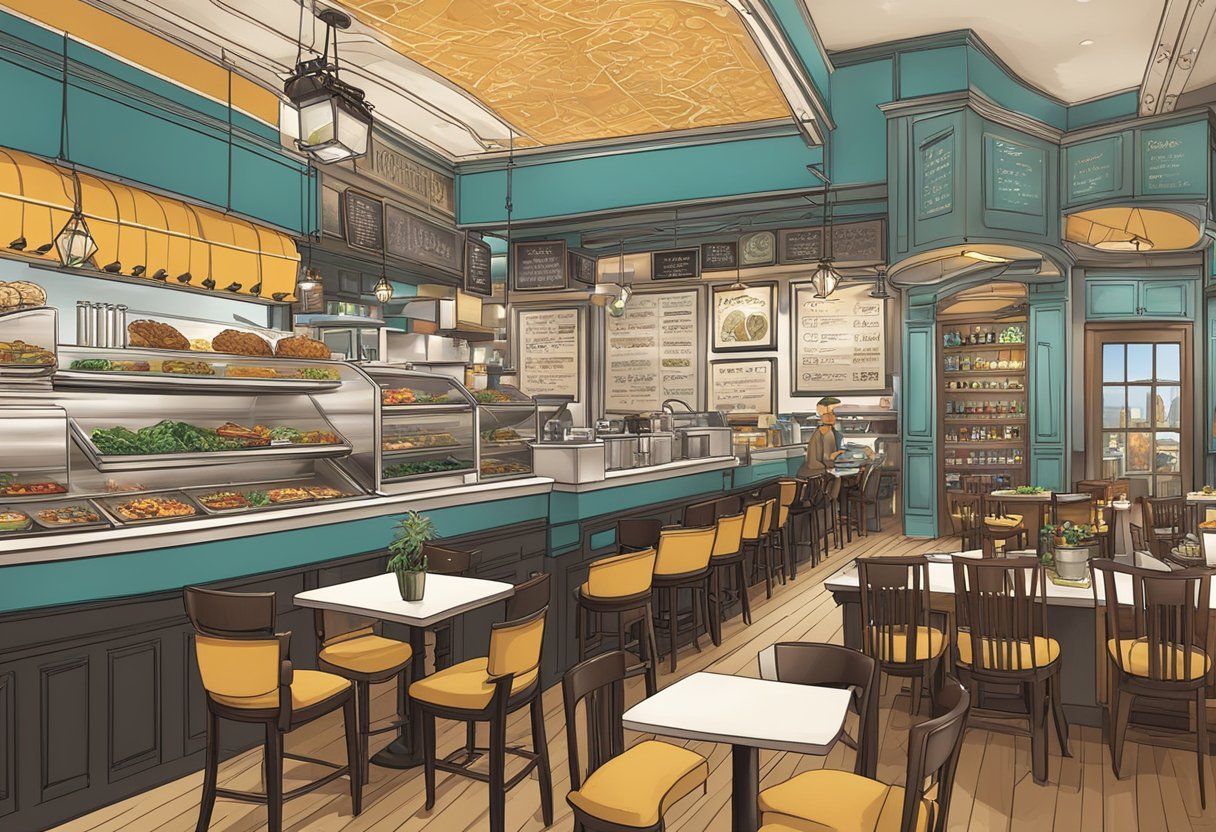
When it comes to menu design, creating a cohesive aesthetic is crucial for restaurants and cafes. A well-designed menu not only helps customers make informed decisions but also reflects the restaurant brand and overall dining experience. Here are some tips on how to create a cohesive menu aesthetic:
Choosing the Right Images and Illustrations
Images and illustrations are an essential part of menu design. They not only add visual interest but also help customers understand the dishes and their ingredients. When selecting images and illustrations, it is important to consider the restaurant brand and the overall aesthetic. For example, if the restaurant has a rustic, farm-to-table vibe, using illustrations of fresh produce or farm animals can enhance the menu’s overall aesthetic. Similarly, if the restaurant has a modern, minimalist aesthetic, using high-quality photographs of dishes can create a sleek and sophisticated menu design.
Balancing White Space and Content
White space, also known as negative space, is the area between design elements. It is an important aspect of menu design as it helps to create a clean and organized layout. Balancing white space and content is crucial to creating a cohesive menu aesthetic. Too much white space can make the menu look sparse and uninteresting, while too little can make it look cluttered and overwhelming. By finding the right balance between white space and content, restaurants and cafes can create a menu that is easy to read and visually appealing.
In conclusion, creating a cohesive menu aesthetic is an important part of menu design for restaurants and cafes. By choosing the right images and illustrations and balancing white space and content, restaurants and cafes can create a menu that reflects their brand and enhances the overall dining experience.
Menu Descriptions and Pricing Strategies
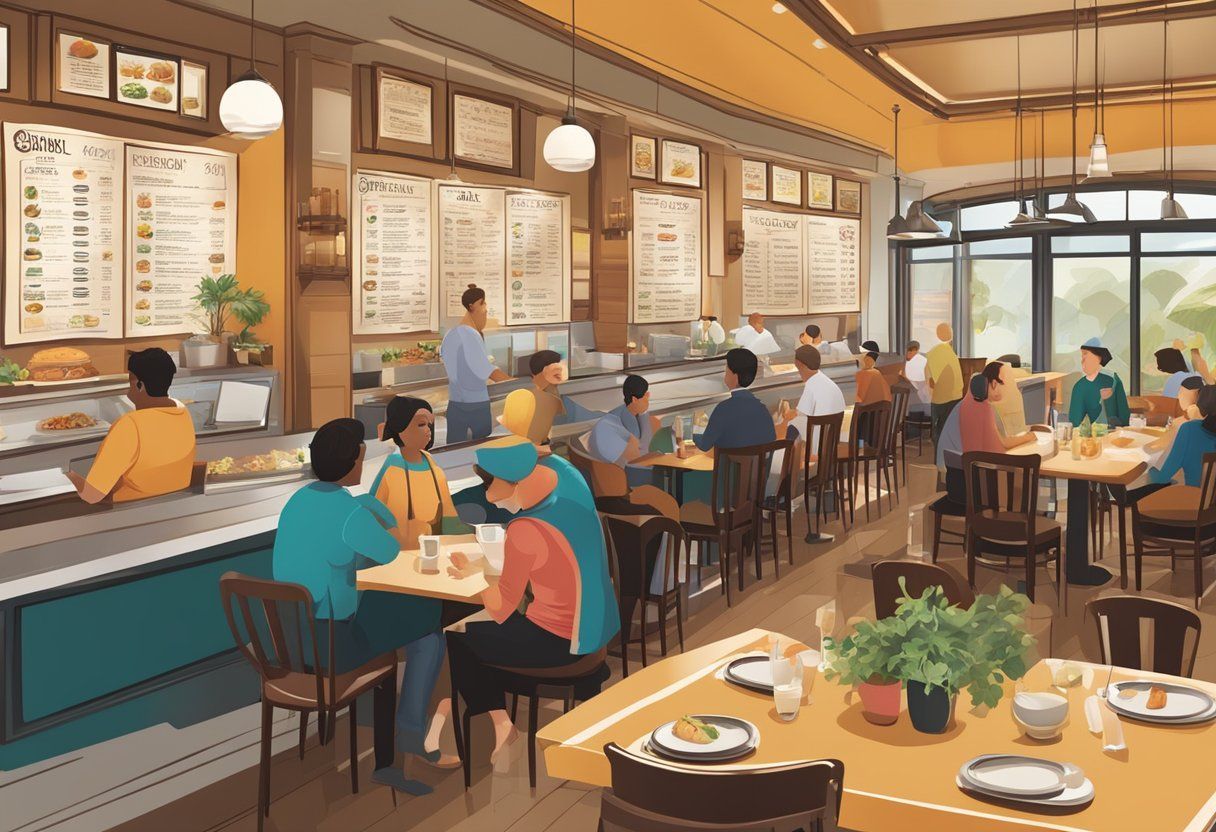
Crafting Compelling Descriptions
Menu descriptions play a crucial role in enticing customers to order a particular dish. A well-crafted description can make a dish sound more appealing and increase its chances of being ordered. When writing menu descriptions, it’s essential to be descriptive and use sensory language that paints a picture of the dish. For example, instead of simply stating “grilled chicken,” a more compelling description could be “tender, juicy grilled chicken seasoned with a blend of herbs and spices.”
Another effective technique is to include the origin or inspiration behind the dish. For instance, “Our famous lasagna, made with a family recipe passed down for generations” can make the dish seem more authentic and special. It’s also important to keep descriptions concise and avoid overwhelming customers with too much information.
The Impact of Pricing on Sales
Pricing is a crucial aspect of menu design. The right pricing strategy can help maximize profits and increase sales. One common strategy is to use psychological pricing, such as ending prices in 9 or 99 cents, which can make the price seem more attractive to customers. However, it’s important to ensure that the prices are still reasonable and in line with the competition.
Another important factor to consider is food cost and food cost percentage. Menu items should be priced to cover the cost of ingredients and preparation, while still allowing for a reasonable profit margin. It’s also important to regularly review and adjust prices based on changes in food costs or market trends.
When it comes to displaying prices on the menu, the use of dollar signs or currency symbols can have an impact on customer perception. Some studies suggest that using symbols can make prices seem less daunting or intimidating to customers. However, it’s important to ensure that the prices are still clearly visible and easy to read.
Overall, crafting compelling menu descriptions and implementing effective pricing strategies can help restaurants and cafes increase sales and profitability while providing customers with an enjoyable dining experience.
Incorporating Digital Menus and Social Media
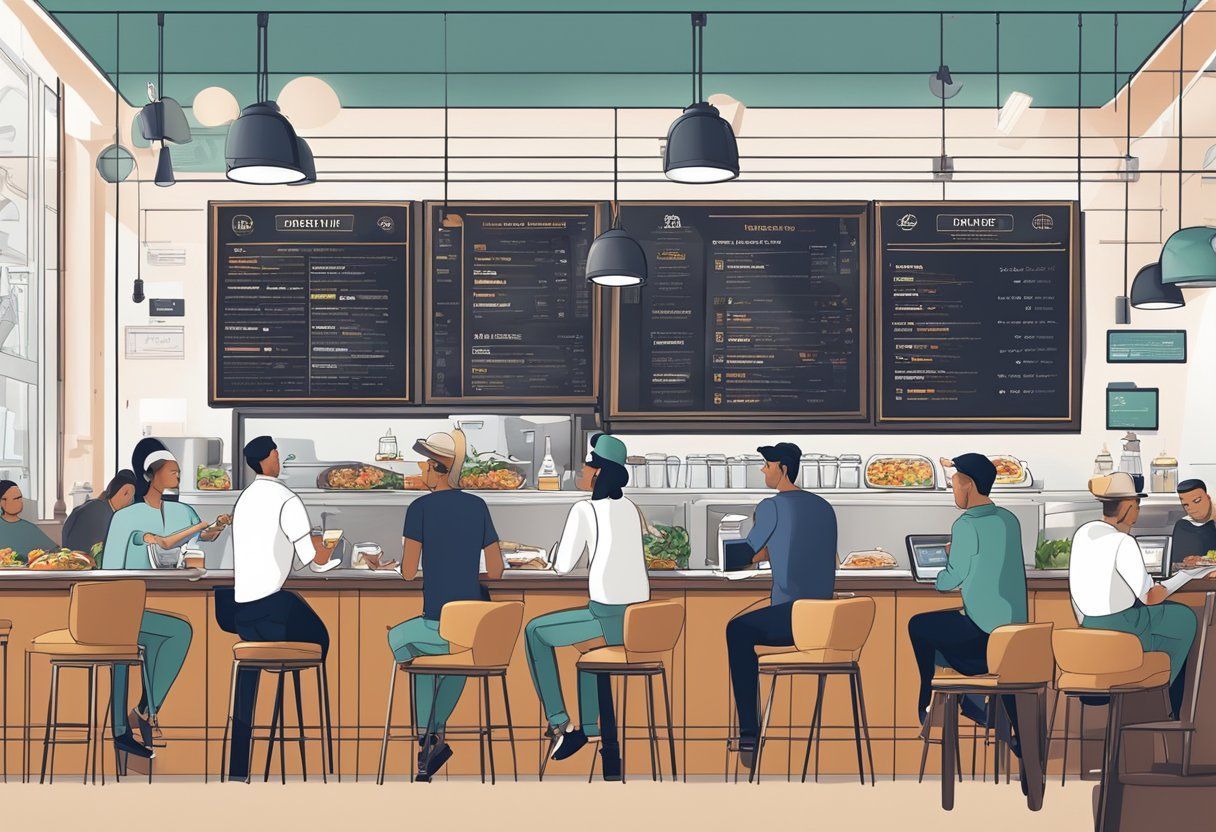
As the world becomes increasingly digital, it’s important for restaurants and cafes to keep up with the times. Incorporating digital menus and social media into your menu design and printing can be a great way to attract customers and streamline your operations.
Benefits of Online Ordering Systems
One way to incorporate digital menus is through an online ordering system. By allowing customers to place orders online, you can reduce wait times and increase efficiency. Additionally, online ordering systems can help you gather data on customer preferences and track sales trends, allowing you to make more informed decisions about menu offerings.
Another benefit of online ordering systems is the ability to easily update menus. Rather than printing new menus every time there is a change, you can simply update your online menu and customers will be able to see the changes in real-time.
Leveraging Social Media for Menu Promotion
Social media can be a powerful tool for promoting your menu offerings. By sharing photos and descriptions of your dishes on platforms like Instagram and Facebook, you can entice customers to visit your restaurant or cafe. Additionally, social media can be a great way to engage with customers and gather feedback on your menu offerings.
One way to make the most of social media is to encourage customers to share their own photos of your dishes using a branded hashtag. This can help increase your restaurant’s visibility and attract new customers.
When it comes to menu printing, consider including your social media handles and website URL on the menu. This can encourage customers to follow you online and stay up-to-date on your latest offerings.
Overall, incorporating digital menus and social media into your menu design and printing can help streamline your operations, attract customers, and promote your menu offerings. By staying up-to-date with the latest trends in technology and marketing, you can stay ahead of the competition and keep your customers coming back for more.
Frequently Asked Questions

What are the latest trends in restaurant menu items that attract customers?
The latest trends in restaurant menu items that attract customers vary depending on the region and the type of establishment. However, some popular trends include locally sourced ingredients, plant-based options, and unique flavor combinations. It’s important for restaurant owners to stay up-to-date with current food trends and incorporate them into their menu offerings to appeal to a wider range of customers.
What are the key principles of effective menu design for a restaurant?
The key principles of effective menu design for a restaurant include simplicity, organization, and visual appeal. A well-designed menu should be easy to read and navigate, with clear headings and sections. It’s also important to use high-quality images and typography to make the menu visually appealing and to highlight certain dishes.
How can a fine dining establishment craft an exquisite menu that reflects its sophistication?
A fine dining establishment can craft an exquisite menu that reflects its sophistication by focusing on high-quality ingredients, unique flavor combinations, and elegant presentation. The menu should also be designed with a sense of luxury and refinement, using high-quality paper and typography to create a sense of exclusivity and elegance.
What elements are essential when designing a high-end menu to enhance the dining experience?
When designing a high-end menu to enhance the dining experience, it’s essential to focus on the overall aesthetic, including the layout, typography, and imagery. The menu should also be designed to complement the restaurant’s decor and ambiance, with a focus on high-quality ingredients and unique flavor combinations. Additionally, including a brief description of each dish can help to enhance the dining experience by providing customers with more information about what they can expect.
Which online resources are best for restaurant owners looking to design their menus?
There are many online resources available for restaurant owners looking to design their menus. Some popular options include Canva, Adobe Spark, and Menu Maker. These tools offer a range of templates and design options to help restaurant owners create professional-looking menus.
How can menu placement influence a customer’s decision-making process in a restaurant setting?
Menu placement can have a significant impact on a customer’s decision-making process in a restaurant setting. Placing high-profit items in prominent locations, such as at the top of the menu or in a separate section, can increase their visibility and likelihood of being ordered. Additionally, using descriptive language and highlighting certain dishes can also influence a customer’s decision-making process.…
The post Crafting the Perfect Menu: Tips for Menu Design and Printing in Restaurants and Cafes first appeared on Guardia Law Firm Llc.
